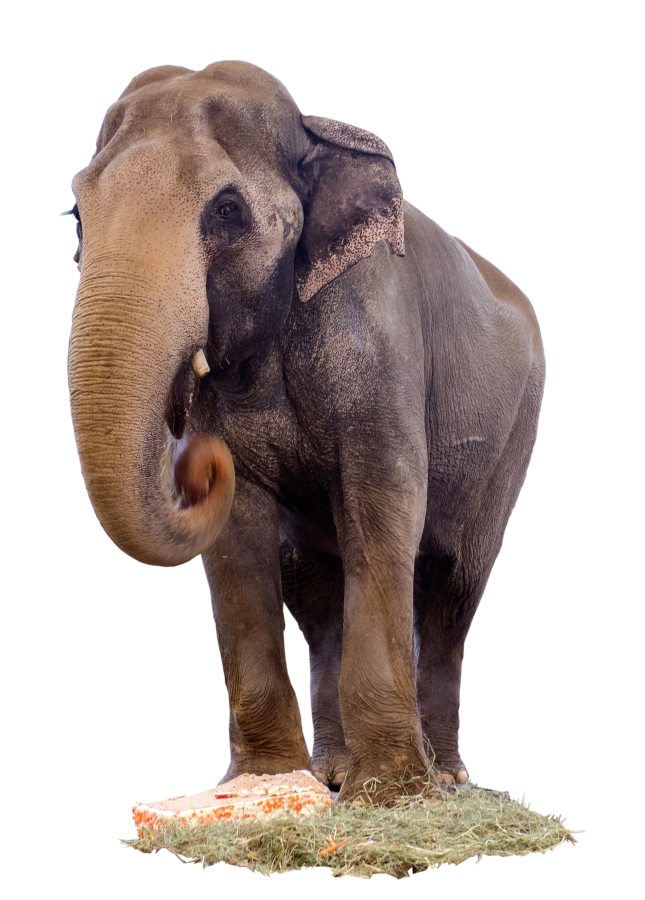Selkie the gray seal rips a silvery hunk of butterfish in half, gulps it down and looks to her keeper for more. Allie Killam, who cares for Selkie and other animals on the American Trail exhibit at the Smithsonian’s National Zoo, drops a slippery squid into the seal’s open mouth.
Her teeth are worn with age. Cataracts cloud her eyes. She can’t see, but Selkie, 43, slurps the slimy stuff with ease. When she hears Killam tap the empty metal bucket against the edge of the pool, the seal knows chow time is over. She slips back into her pool with hardly a splash.
Maintaining Selkie’s ample weight and communicating through sound and touch are two ways that keepers care for the zoo’s eldest seal. She also gets dietary supplements and regular medical care. To make life easy, her exhibit includes ramps and steps so she can “haul out” of her pool without overexerting herself.
Zoos all over the world provide special care for elderly residents, such as an elderly gorilla at a zoo in Illinois whose keepers provide human medicine to ease aching joints. Like Selkie, these animals are cherished ambassadors who educate the public about their species.




